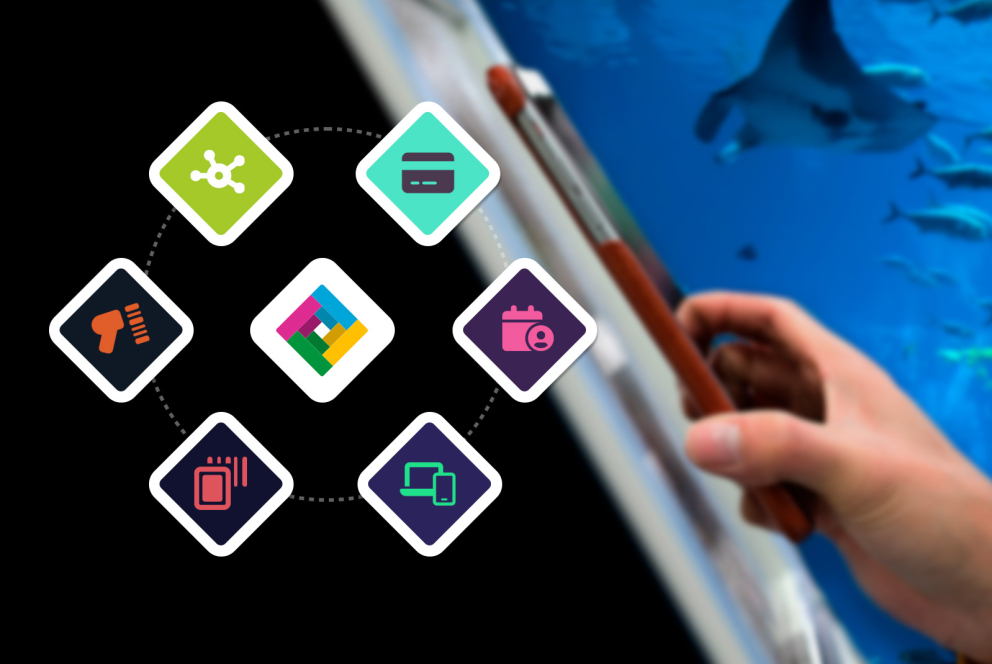Today’s guests are more demanding than ever. They expect a feature-rich user journey from the moment they land on your website, and a brand identity that makes your attraction stand out from the crowd. That’s in addition to the basics: what's on offer, how much it costs, and when they can visit.
Integrating an on-brand ticketing platform with your website allows visitors to buy tickets directly from you, while also gaining access to detailed real-time data insights. This keeps third-party OTA fees down and gives you more control over your booking process and site-loading speeds. When you consider that Google says that 53% of consumers will abandon their purchase if a page takes longer than 3 seconds to load, that matters.
Offering real-time ticket options, memberships, and merchandise all in the same place – while also providing a variety of payment methods – makes for a much better website experience. You might even go one step further by integrating an interactive event calendar or timetable with your ticketing system, making it easy to keep track of sales, capacities, and refunds.
West Somerset Railway is a good example of a brand that does it well. Its timetable view is a great way to immediately orientate visitors on current availability, different ticket types, and top experiences. The site is designed in such a way that visitors are never more than 3-4 clicks away from making a booking – nifty, huh?







